Estimating Sums
In this post, you will learn how to estimate the sum of two or more numbers in a few simple and easy steps.
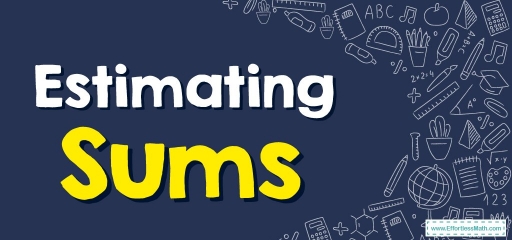
At times whenever we add two large numbers, you do not wish to find out the precise sum. You only wish to get a fast estimate.
A sum can be estimated fast via rounding each addend and then adding these together. Now we’ll demonstrate a few quite easy steps to see the way to estimate a sum.
Related Topics
Way to estimate sums to the closest tenth
To estimate s sum to the tenth you must follow these three steps:
STEP one: Round the summands to the closest tenth. Don’t forget:
If a numeral ends in \(0, 1, 2, 3\) or \(4\), it gets rounded down ?
If a numeral ends in \(5, 6, 7, 8\) or \(9\), it gets rounded up ?
Tip: Unless it is stated differently, you constantly round numbers to the maximum feasible place value.
STEP two: Add the rounded numerals
STEP three: Looking at the overall quantity of rounding, \(3\) things could occur:
- If it’s rounded one quantity up as well as one down, the resulting sum is a proper estimation.
- If both the summands were rounded up and then the result of this rounding is more than \(5\), you take \(10\) from this estimate.
- If both the summands were rounded down and the quantity of the rounding is more than \(5\), you add \(10\) to this estimate.
Estimating Sums – Example 1:
Estimate sum by rounding each added to the nearest ten.
\(43+58=\)___
Solution:
First, round \(43\) to the closest ten. Check out the numeral on the right of the tens position. It is \(3\) and this number is lower than \(5\). So, \(43\) is rounded down to \(40\). Do the same for \(58\). Then \(58\) is rounded up to \(60\). Now add two result together: \(40+60=100\)
Estimating Sums – Example 2:
Estimate sum by rounding each added to the nearest ten.
\(75+32=\)___
Solution:
First, round \(75\) to the closest ten. Check out the numeral on the right of the tens position. It is \(5\). So, \(75\) is rounded up to \(80\). Do the same for \(32\). Then \(32\) is rounded down to \(30\). Now add two result together: \(80+30=110\)
Exercises for Estimating Sums
Estimate sum by rounding each added to the nearest ten.
- \(\color{blue}{14+35}\)
- \(\color{blue}{ 46+77 }\)
- \(\color{blue}{83+38 }\)
- \(\color{blue}{ 71+95 }\)
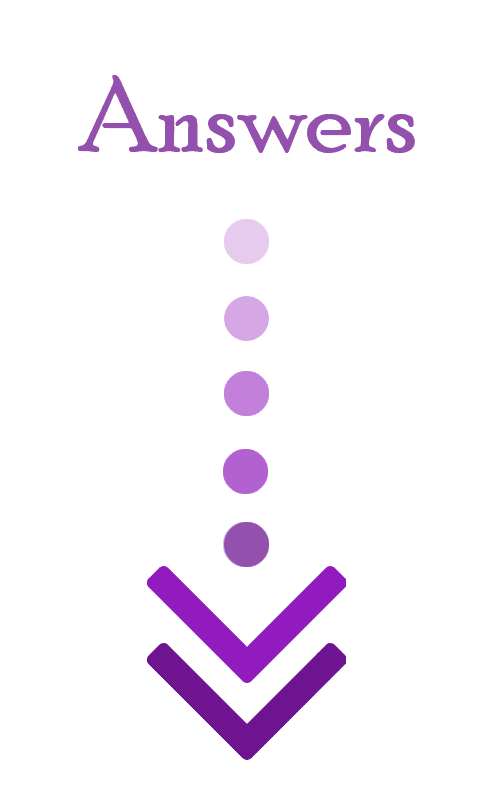
- \(\color{blue}{50}\)
- \(\color{blue}{ 130 }\)
- \(\color{blue}{120 }\)
- \(\color{blue}{ 170 }\)
Related to This Article
More math articles
- Top 10 Free Websites for CHSPE Math Preparation
- 10 Most Common ISEE Middle-Level Math Questions
- Efficient Study Techniques for Tackling Advanced Math Topics
- 5th Grade KAP Math Worksheets: FREE & Printable
- Completing a Table and Make a Graph of Ratios and Rates
- The Ultimate 6th Grade SBAC Math Course (+FREE Worksheets)
- Central Limit Theorem and Standard Error
- 8th Grade ACT Aspire Math Worksheets: FREE & Printable
- Can Dice Models Compete with Lightning-Fast Layer 2 Systems?
- How to Use Algebra Tiles to Identify Equivalent Expressions?
















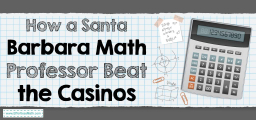

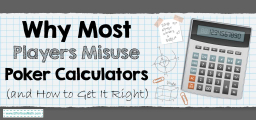







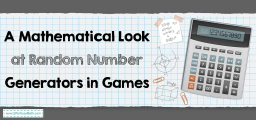
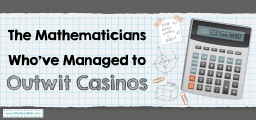
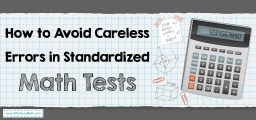



What people say about "Estimating Sums - Effortless Math: We Help Students Learn to LOVE Mathematics"?
No one replied yet.